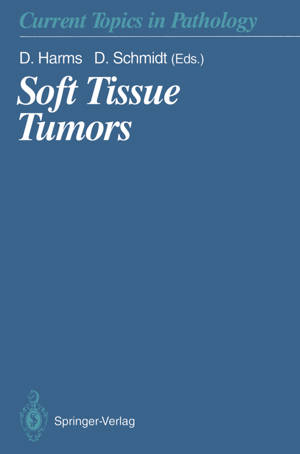
- Afhalen na 1 uur in een winkel met voorraad
- Gratis thuislevering in België vanaf € 30
- Ruim aanbod met 7 miljoen producten
- Afhalen na 1 uur in een winkel met voorraad
- Gratis thuislevering in België vanaf € 30
- Ruim aanbod met 7 miljoen producten
Zoeken
Omschrijving
Soft tissue tumors are a very heterogeneous group of tumors in terms of histogenesis, morphology, cytogenetics, molecular biology, clinical manifestation, and prognosis. Their spectrum is fascinating for morphologists and basic scientists alike. Yet precisely this variability in the morphologic manifestation of soft tissue tumors, specifically their histologic and cytologic patterns, presents great difficulties to any effort to categorize them. Although many soft tissue tumors are today defined not only by histology but also by immunohistochemical, cytogenetic, and molecular biological findings, the histogenesis of many soft tissue tumors, in particular malignant ones, continues to be unknown. This is associated with the fact that the actual precursor cells that lead to these tumors have frequently not yet been identified. For this reason, the customary classification of malignant soft tissue tumors is primarily not histogenetic, but actually according to the dominant phenotype, however characteristic it is. Of course, an exact morphologic examination of soft tissue tumors con- tinues to be an essential prerequisite for making a diagnosis and determining a therapy. The use of a wide range of additional modern examination techniques, however, can make a substantial contribution toward more precisely defining the biological behavior of a tumor, which without doubt can have therapeutic implications.
Specificaties
Betrokkenen
- Uitgeverij:
Inhoud
- Aantal bladzijden:
- 386
- Taal:
- Engels
- Reeks:
- Reeksnummer:
- nr. 89
Eigenschappen
- Productcode (EAN):
- 9783642772917
- Verschijningsdatum:
- 6/12/2011
- Uitvoering:
- Paperback
- Formaat:
- Trade paperback (VS)
- Afmetingen:
- 156 mm x 234 mm
- Gewicht:
- 562 g

Alleen bij Standaard Boekhandel
+ 279 punten op je klantenkaart van Standaard Boekhandel
Beoordelingen
We publiceren alleen reviews die voldoen aan de voorwaarden voor reviews. Bekijk onze voorwaarden voor reviews.







